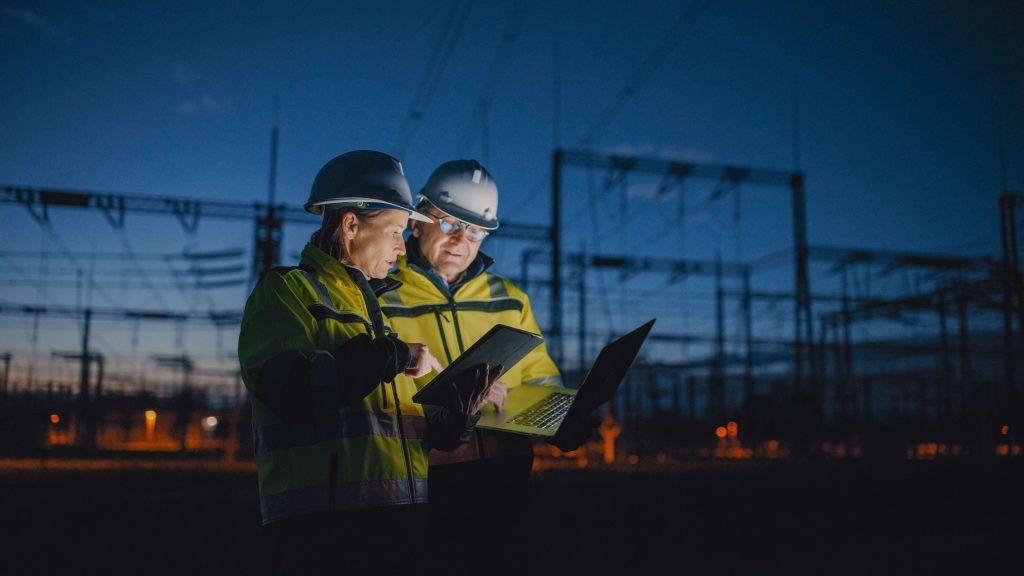Chief Investigators
Jay Rutovitz (UTS)
Purpose of project
Energy efficiency is central to achieving the National Energy Productivity Plan (NEPP) and the energy transition in the quickest, most cost-effective way. It is likely to be the largest source of clean energy jobs and are key enablers to measuring the energy efficiency workforce. However, consensus definitions of energy efficiency employment do not currently exist. This project will contribute to the Australian Energy Employment Report (AEER). Accurately measuring the energy efficiency workforce in the AEER will support the case for energy efficiency policy and programs and support the development of training and skills.
- Defining energy efficiency work will enable the AEER to accurately measure the energy efficiency workforce for the first time in Australia.
- Energy efficiency jobs are not well-measured globally, so developing energy efficiency workforce definitions with industry input and support could have international impact.
Impact of project
This project will support the AEER survey to measure the energy efficiency workforce across the economy. Developing the future energy workforce is crucial to realising the RACE for 2030 vision of a customer-centred clean energy transition. One of the key recommendations of the E3 Opportunity Assessment is to develop and regularly conduct an AEER. This project aims to clarify the activities, services, and goods defined as “energy efficiency” for the AEER. By providing precise definitions of energy efficiency activities this will help define the scope for the survey. The project will undertake stakeholder consultation with industry groups and individual companies to determine:
- Where the boundary lies between efficient and non-efficient products;
- Whether definitions should be related to relative energy performance, regulation or standards. For example, once a product’s energy efficiency becomes the minimum standard, should it cease to be defined as an energy-efficient product for the purposes of the AEER?
- Which specific boundaries or benchmarks (such as star ratings or standards) should be used for each activity noting that energy efficiency encompasses both goods and services. Building definitions of energy efficiency which are as precise as possible, acceptable to industry, and easily understandable is an important step to delivering an AEER that can report on the energy efficiency workforce.
Project partners – industry and research
University Technology Sydney (UTS) (Lead), DEECA (VIC), Department of Energy and Mining (South Australia), Energy Efficiency Council (EEC), NSW DCCEEW
Published Report
Status
- Completed
Project Leaders
- Jay Rutovitz, UTS
Completion Date
April 2023
Project Code
0385







